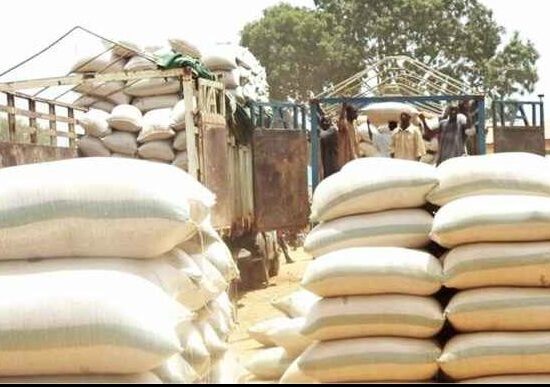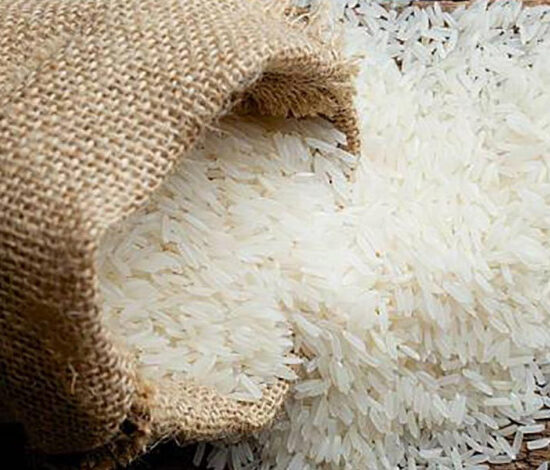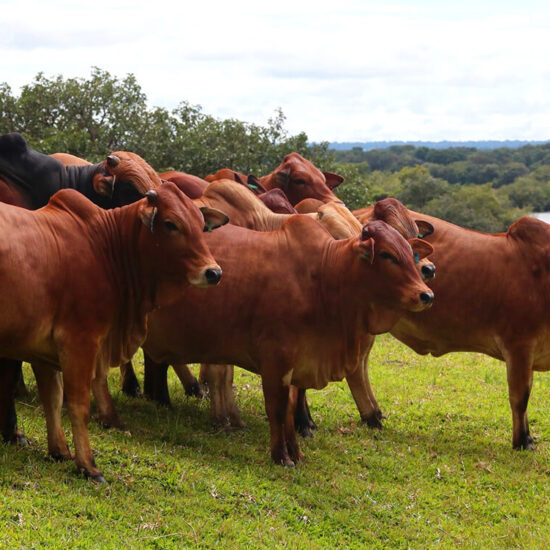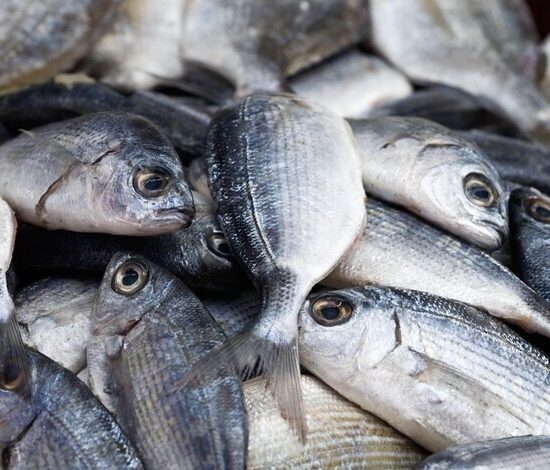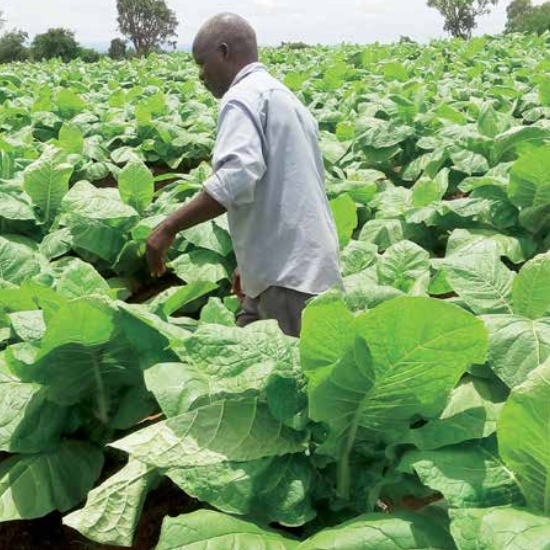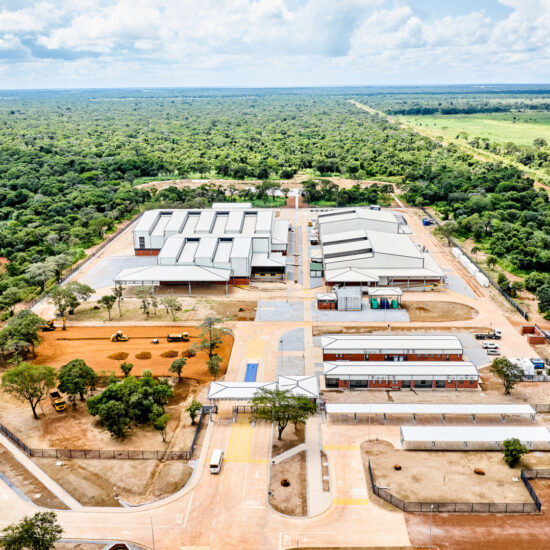
There is no better love story in Zambia than the maize and farmer relationship. Even though climatic and weather conditions can enable farmers to grow other high income crops like soya beans, tobacco, wheat, cotton etc, most local farmers still prefer to grow maize.
Export Trading Group – ETG has urged emerging farmers to consider diversifying into other agro crops to earn more income as well as cut down on mono cropping and over dependence of maize.
Speaking in an exclusive interview with the Zambian Business Times – ZBT, ETG Sales Manager Siankoni Zulu stated that farmers need to look at other crops like soya beans instead of being over-reliant on maize.
“At the moment the yield potential of maize is standing at 1.5 to 2 metric tons per hectare compared to soya beans which has a yield potential of about 3 to 4 metric tons per hectare. Definitely if someone invests into Soya beans for instance, they will earn more income than if they invested in Maize for the same piece or size of land. Of cause we are not saying people should stop growing maize, but we are saying diversification is needed”, he said.
Zulu emphasized that although maize is important for our livelyhood as nshima is our staple food, emerging farmers need to look at other crops that yield better returns and more profit.
Let’s compare two crops like maize and soya beans. The tons per hectacre that our farmers are getting from maize is quite low when compared to what these other crops are yielding at the end of a farming season.
Furthermore, he stated that even when you look at the Food Reserve Agency buying prices, a 50kg bag of soya beans has been pegged at K150 compared to a 50 kg bag of maize which has been pegged is at K110.
If you further consider the utilization and cost of fertilizer, one will find that soya beans will on an overall basis deliver much bigger margins than the normal Maize crop production.
He further stressed that there is need to change our mindset in order to see alternative crops like soya beans as crops that can also deliver higher returns and profit. He pointed out that the main cause may be the lack of readily available information and real life examples to the farmers because they won’t easily divert to growing other crops easily.
“A farmer who has been mono cropping won’t accept such advice easily, if there is no emphasizing and demonstrating on how alternative crops can deliver better returns for them to see the difference, it’s difficult for them to invest in alternative crops. And if someone is to investing, definitely they need to see practical examples and results”, he said
Zambia is divided into three Agro-ecological zones and some regions receive more rainfall than others. People need to be aware of these economic zones so that they know which crop to grow. This also applied to crop varieties which may differ from region to region.
We appreciate what the Ministry of Agriculture is doing. But there is much more that is needed to be done. That is why we try as much as possible to help by giving small scale farmers and the people at large fre information. At the moment, ETG has 42 offices across the country and partnerships to help with information sharing.


